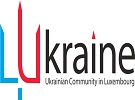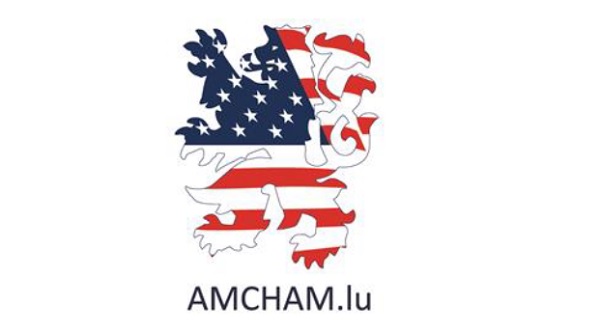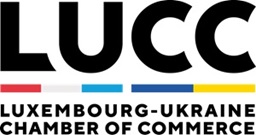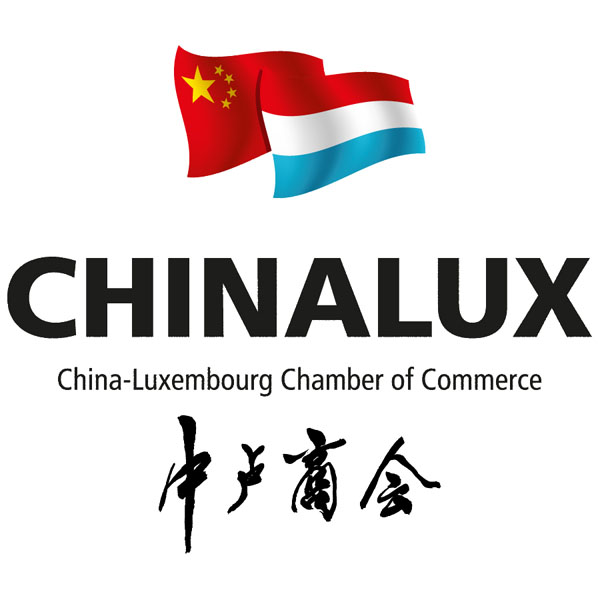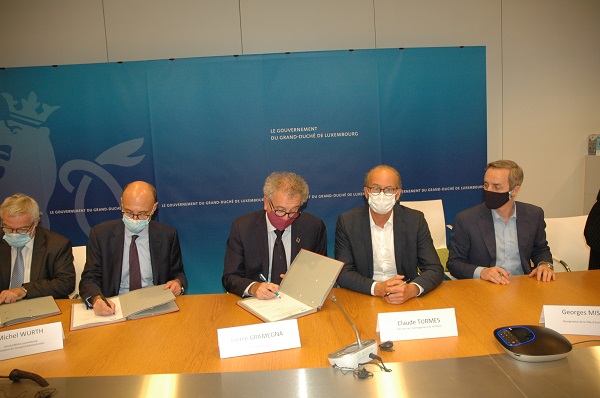 L-R: Paul Weimerskirch, Schifflange Mayor; Michel Wurth, ArcelorMittal; Pierre Gramegna, Finance Minister; Claude Turmes, Spatial Planning Minister; Georges Mischo, Deputy Mayor of Esch-sur-Alzette;
Credit: MEA / DATer
L-R: Paul Weimerskirch, Schifflange Mayor; Michel Wurth, ArcelorMittal; Pierre Gramegna, Finance Minister; Claude Turmes, Spatial Planning Minister; Georges Mischo, Deputy Mayor of Esch-sur-Alzette;
Credit: MEA / DATer
After four years of exchanges, studies and consultation, the Luxembourg state, ArcelorMittal, the City of Esch-sur-Alzette and the municipality of Schifflange have decided to definitively launch an urban development project for the former steel site of Esch-Schifflange.
At the end of their meeting today, representatives of the Luxembourg government and ArcelorMittal Luxembourg as well as the Deputy Mayor of Esch-sur-Alzette and the Mayor of Schifflange formalised their decision to proceed with the conversion of the former industrial site of Esch-Schifflange into a new urban district. The site is spread across an area of 61.16 hectares, of which 91% are located on the territory of Esch-sur-Alzette and 9% on that of Schifflange.
The stakeholders have entrusted this mission to the Agora development company, which is already responsible for the conversion of the Belval site on behalf of the state and ArcelorMittal. Agora will now also be in charge of the overall revitalisation of the Esch-Schifflange site while integrating an affordable housing programme and applying the fundamental principles of the development of “smart cities”.
This decision was the result of mobilisation that began in 2016, as soon as the site was officially closed. Initially, the feasibility study coordinated by Agora required the use of more than 100 public and private experts from different fields. Its objective was to take into consideration the different environmental, cultural, economic and land use planning scenarios that should allow the site to serve as a basis for the future development of a new urban district.
Completed in 2018, the results of this vast campaign of studies and exchanges enabled the partners to launch a second phase of consultation in the form of an urban design workshop in which the public was involved. Offered by Agora and carried out in March and April 2019, this procedure brought together four international teams specialising in the development of large urban projects on former industrial sites. With public participation, it aimed to identify the guidelines for a concerted project from which a real choice for the future can be drawn around a strong and structured proposal taking into account residents' vision and placing them at the heart of the process.
At the end of this workshop, the decision of the “Government - ArcelorMittal - Municipalities” consultation committee was then based on the proposal of the Cobe Architects team associated with Urban Agency (DK), Urban Creators (DK) and the Luxplan (LUX) consulting engineering firm. This choice stemmed from their proposal which integrates all current and future challenges, from mobility, integration of landscapes and resilience to the quality of public spaces and social ties, which constitute the basis of the quality of life of the future district.
With its concept of “Stadtfabrik”, Cobe's proposal highlights many elements developed from the themes of the circular economy, sustainable development and urban economic, social, technological and cultural innovation.
The consultation committee also agreed to dedicate a large part of the project to affordable housing. Classified as a large-scale site, the urban programming will have to allocate 30% of housing to the needs of affordable housing with an economic and environmental approach that should help meet the challenges related to housing access. The same goes for aspects aiming to promote the development of the principles of the circular economy by the implementation, through worksites, of virtuous practices of rational use of resources and reduction of environmental impact.
Emphasis will also be placed on enhancing a district with very low car use, as well as promoting public transport and soft mobility.
In addition, the treatment of public space and landscapes, such as the renaturation of the Alzette and the enhancement of its surroundings, are included in the programme to help guarantee a high quality of life. The same applies to the connection of the nature reserves "Am Pudel" and "Am Brill" with the nature reserve "Lalléngerbierg" via the new district.
The gradual construction of the new district, which will eventually be able to accommodate more than 10,000 people, should take place over 20 years. As in Belval, its promoters have planned to place particular emphasis on the variety of uses and functions. While around 50% of the site is intended for the construction of housing, other allocations are also foreseen for tertiary activities, services and SMEs. Several public facilities such as schools and a high school are also planned.
Like the proactive approach developed at Belval and other sites in the country in terms of protection, conservation and enhancement of heritage, elements of industrial architecture that reflect the history of the site will be also integrated and called upon to give a unique identity to the urban context.
Claude Turmes, Luxembourg's Minister for Energy and Spatial Planning, explained: “We are convinced that the realisation of this project, with the support of the municipalities, will allow us to successfully pursue the strategy of strengthening the South region. Its launch will also give us the opportunity to give full place to innovative solutions in the fields of transport, the environment, energy supply and the control of carbon emissions". He added: "The development of this district must be a showcase of urban development 'Made in Luxembourg'”.




